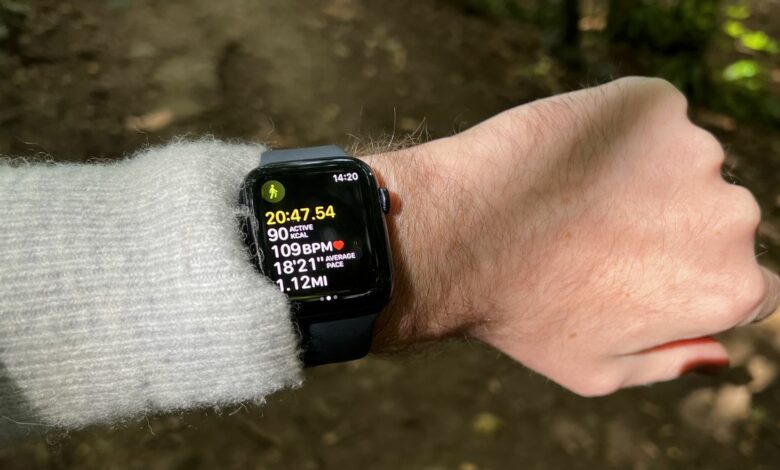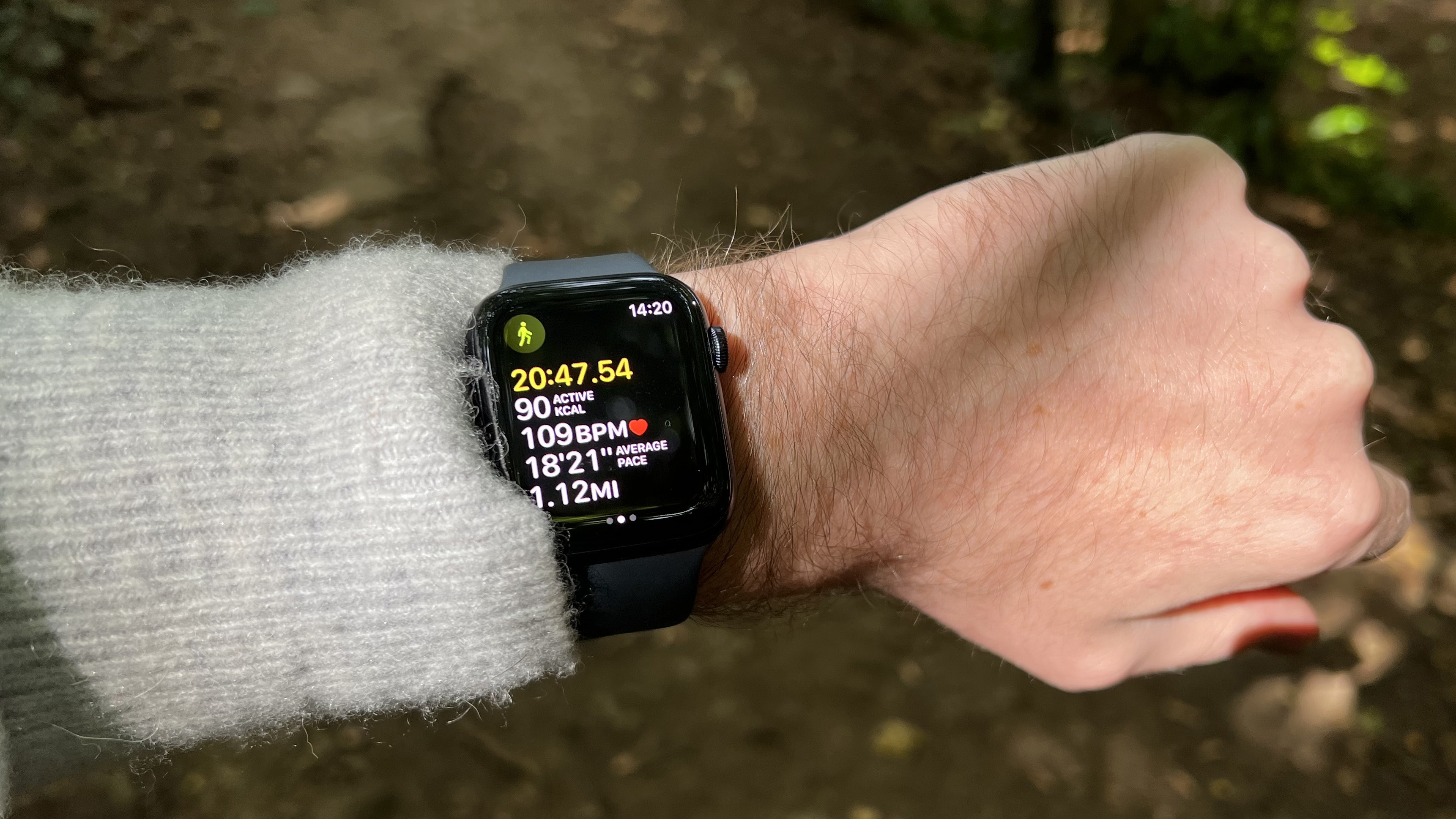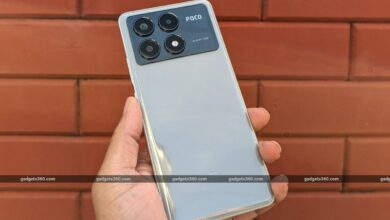A plastic Apple Watch SE is reportedly in the works to match the price of the Galaxy Watch FE


The next Apple Watch SE could be made primarily of plastic. Noted industry expert Mark Gurman claimed in his recent newsletter The tech giant is considering ditching the aluminum casing of its upcoming wearable, replacing it with a body made of “rigid plastic.”
The current SE model has some plastic in its construction, with a nylon composite back. But this move would see Apple fully embrace plastic as its primary material.
The type of plastic is unknown, but it could be some kind of fiber reinforced polymer (FRP for short). FRPs are known for their high strength, light weight and non-corrosive properties.
Other smartwatch brands like Garmin are using the polymer in their devices, while limiting nylon for their bands. Apple could follow a similar path, though this is admittedly speculation.
Cheap portable
Gurman theorizes that the new plastic chassis is being implemented in an attempt to compete with the Galaxy Watch FE. Samsung unveiled its wearable on June 24, which notably features an aluminum frame. The Bluetooth model for the Galaxy Watch FE will set you back $199.99, while the LTE version will carry a $249.99 price tag in the US. For comparison, the 2022 Apple Watch SE will cost $249.99.
Apple’s move, assuming the company follows through, could see prices drop to $200, perhaps even lower. This wouldn’t be the first time the company has experimented with different construction for its products. The 2013 iPhone 5c famously featured a polycarbonate design.
It wasn’t pure plastic, though, as there was a steel frame underneath. The 2024 Apple Watch SE might not have any metal. That’s certainly possible. Some of Garmin’s mid-range smartwatches have nothing but an FRP casing.
Initial online reactions have been mixed, with some people on the Apple subreddit respond positively and others are concerned about sustainability. Apple wants to be completely carbon neutral by 2030, so wouldn’t choosing a plastic Apple Watch conflict with that mission? It’s a complicated question to answer.
For example, consider the production of soft drink cans and plastic bottles. According to ReutersProducing cans “pumps about twice as much carbon into the atmosphere” compared to plastic.
While plastic production may emit less carbon in the short term, the material does not last as long as metal, which contributes to pollution in the long term. If we extend this idea to smartwatches, there is a problem with the longevity of the device.
Would a plastic Apple Watch, no matter how sturdy, have a shorter shelf life than the aluminum device? Would it be more susceptible to wear and tear, forcing people to buy the upgrade? It’s hard to say for sure. We’ll just have to wait for more information, if and when the wearable is officially announced.
As with any leak, take this information with a grain of salt. Be sure to check out TechRadar’s list of the best Apple Watches for 2024.




